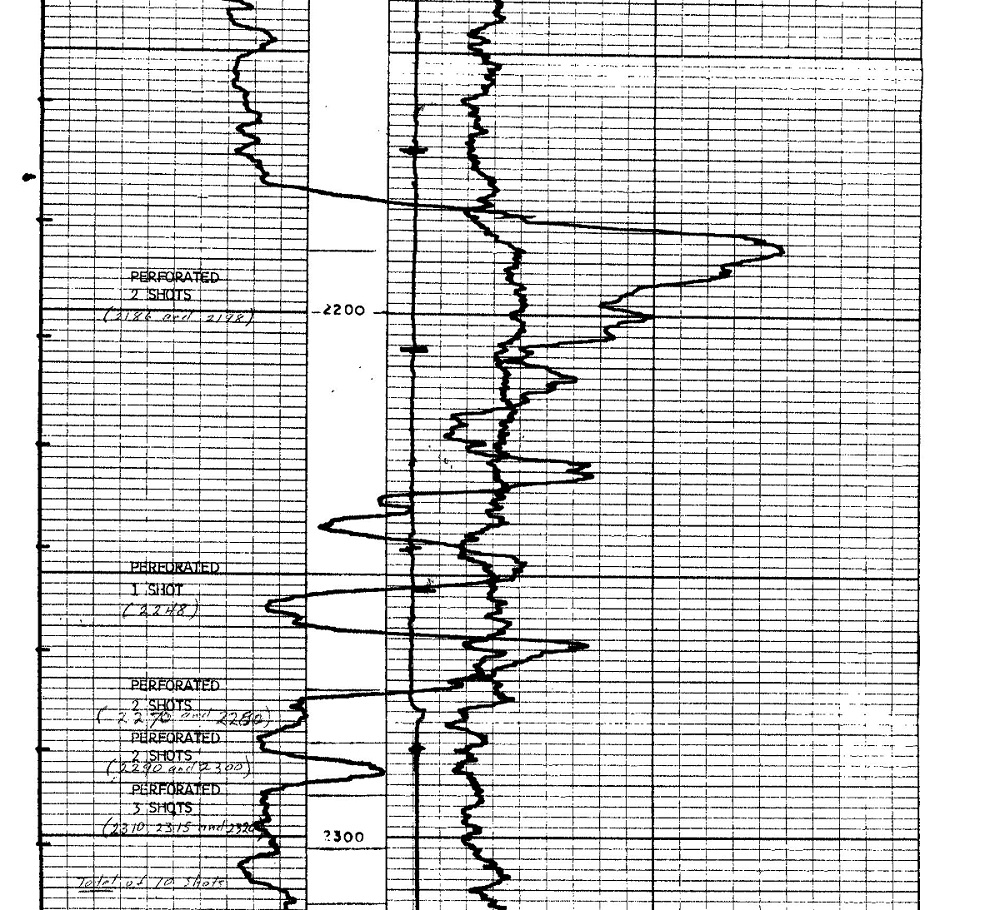Uranium, Radon, and Thorium
Kentucky has small amounts of the naturally occurring radioactive elements uranium, radon, and thorium. These elements occur in the black shale, which crops out in a horseshoe shape around central Kentucky, and in the phosphate deposits in the Lexington Limestone in central Kentucky. Other locations of radionuclide elements are shown in the Kentucky Minerals Database, and radon is described under the Hazards section.
The black shale is a marine, organic shale that contains many different kinds of minerals, including radon emitting phosphates. The outcrop of the shale is extensive, and the high organic content makes the shale a good host for radioactive minerals. Uranium and thorium occur in the shale, and radon is a daughter product of the uranium in phosphates within the shale. Black Shale outcrops in east central Kentucky contain uranium sulfates such as Zippeite, a yellow sulfate coating on some outcrops. The black shale also occurs in the subsurface in eastern and western Kentucky where it comes into contact with groundwater. In some areas of the state where there has been significant oil drilling, casing and pipes have become radioactively contaminated, which could cause secondary health hazards when humans come into contact with this drilling equipment.

Radon also occurs in the phosphate deposits in the Lexington Limestone in central Kentucky. These phosphates consist primarily of collophane, which is a cryptocrystalline variety of apatite. Uranium occurs in the apatite where the uranium substitutes for calcium in the apatite crystal structure and releases radon. Some dwellings or structures may accumulate high concentrations of radon in basements, which can be a health hazard, and adequate ventilation is necessary to disperse the radon gas.
Another occurrence of uranium is at Bell Falls in Menifee County. This is in the Red River Gorge and Daniel Boone National Forest and was investigated in 1970-71. No extensive work has been done on this deposit, but it is located in an unnamed coarse sandstone and conglomerate containing coal fragments at the base of the Breathitt formation along the Red River. Analysis by the Atomic Energy Commission in Hutchins (1971) confirmed the anomalous nature of this deposit and reported numerous other uranium anomalies in eastern Kentucky. Another uranium occurrence is in an unnamed limonitic sandstone in Catlettsburg in Boyd County, confirmed by a Southern Interstate Nuclear Board project in 1953.
These sandstone occurrences in eastern Kentucky could fit the classic geologic model for sedimentary uranium roll front deposits, similar to deposits in Colorado and Wyoming. The origin of these is probably related to deeper groundwater in eastern Kentucky, which had been in contact with subsurface black shale, migrated upward, and formed a reducing environment to deposit the uranium.
The McNairy sands in western Kentucky contain several heavy minerals, including monazite, which could be a byproduct for thorium, if the McNairy was mined for heavy minerals. The McNairy has not been examined for its thorium potential.
